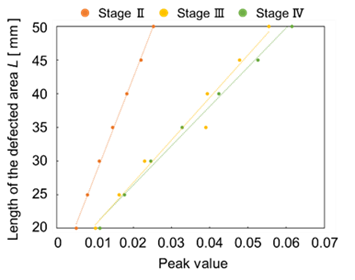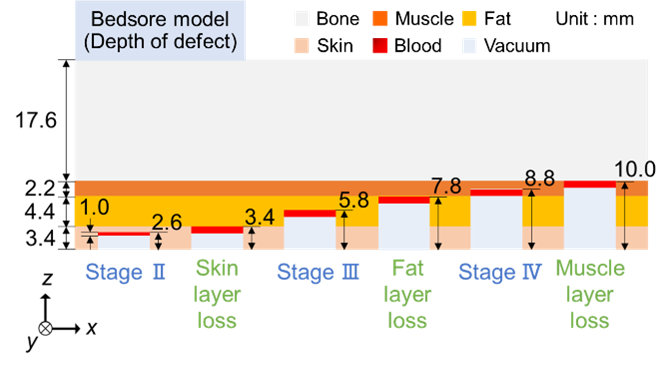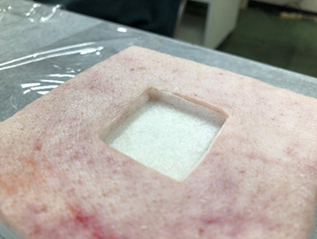Advantage and Core Benefit
- Non-contact, non-invasive sensor that can be attached to ordinary bedding and is expected to be used at home.
- Can detect bedsores at an early stage, leading to early treatment and preventing deterioration.
- Enables monitoring over time, reducing the burden on caregivers and healthcare workers who must make periodic rounds.
Background and Technology
Bedsores are redness and ulcers on the surface of the skin caused by prolonged pressure on the skin and tissues due to bed rest or other conditions that worsen blood circulation. It is estimated that about 2% of hospitalized patients develop bedsores, and once a bedsore develops, the cost to healthcare professionals for healing and management of the bedsore is significant. In addition, with the aging of society and the expected increase in home care for the bedridden elderly, the prevention, early detection, and early treatment of bedsores is a major issue. Currently, bedsore diagnosis is made by medical personnel through visual examination, palpation, and ultrasonography, both of which require specialized knowledge and experience, making early detection at home difficult. Diagnostic sensors that are applied directly to the patient’s skin have also been developed, but these sensors require periodic replacement and cause skin irritation. The inventors developed a non-contact, non-invasive method of detecting the stage of bedsores by irradiating microwaves to the body from under the bed mattress.
Data
- We have shown that the stage of bedsore, length of one side of the defect and volume can be predicted from the peak value and arrival time by plotting (1) the peak value and length of one side of the defect at each stage using the wavelet transform value of the waveform obtained from the irradiated microwaves (bottom figure) and (2) the relationship between the arrival time and the calculated volume of the defect.
 |
Patent & Publication
Patent pending
Researcher
Dr. Masaharu Takahashi (Chiba University)
Current Stage & Expectations
Chiba University hopes to collaborate with companies that have technologies related to microwave sensors and measurement devices, as well as companies that develop nursing care devices, to develop this technology. First of all, we would like to exchange information and have discussions with Dr. Takahashi about this technology, so please contact us if your company is interested.
Project No.WL-04706




